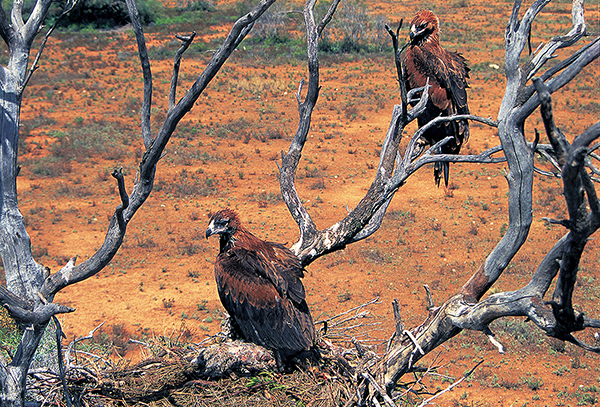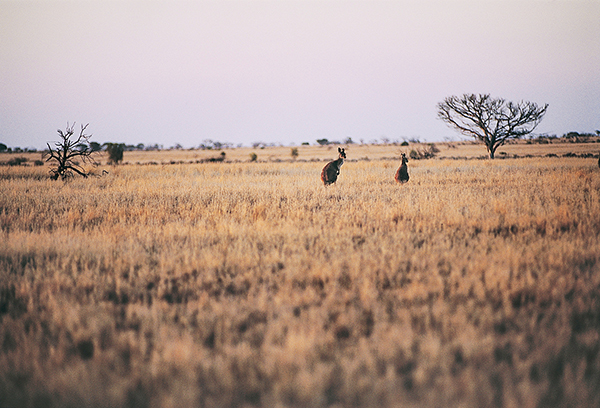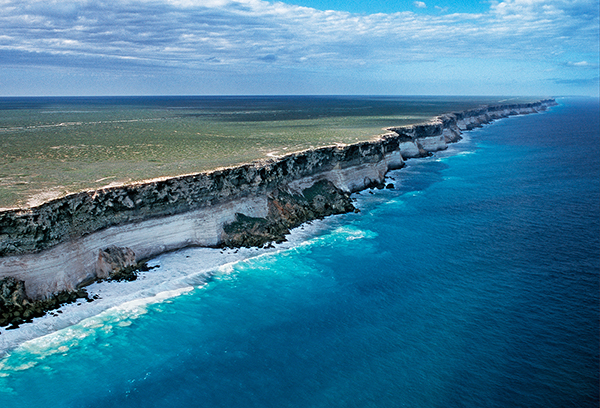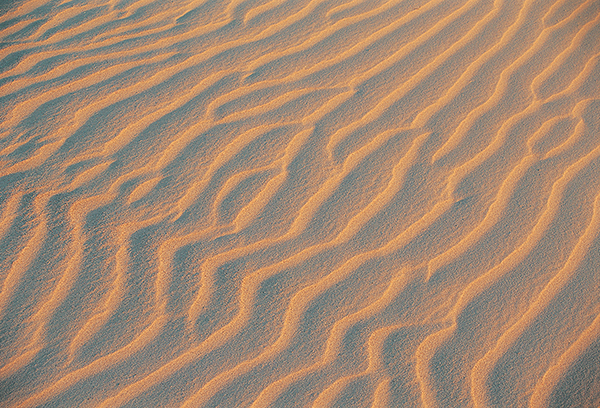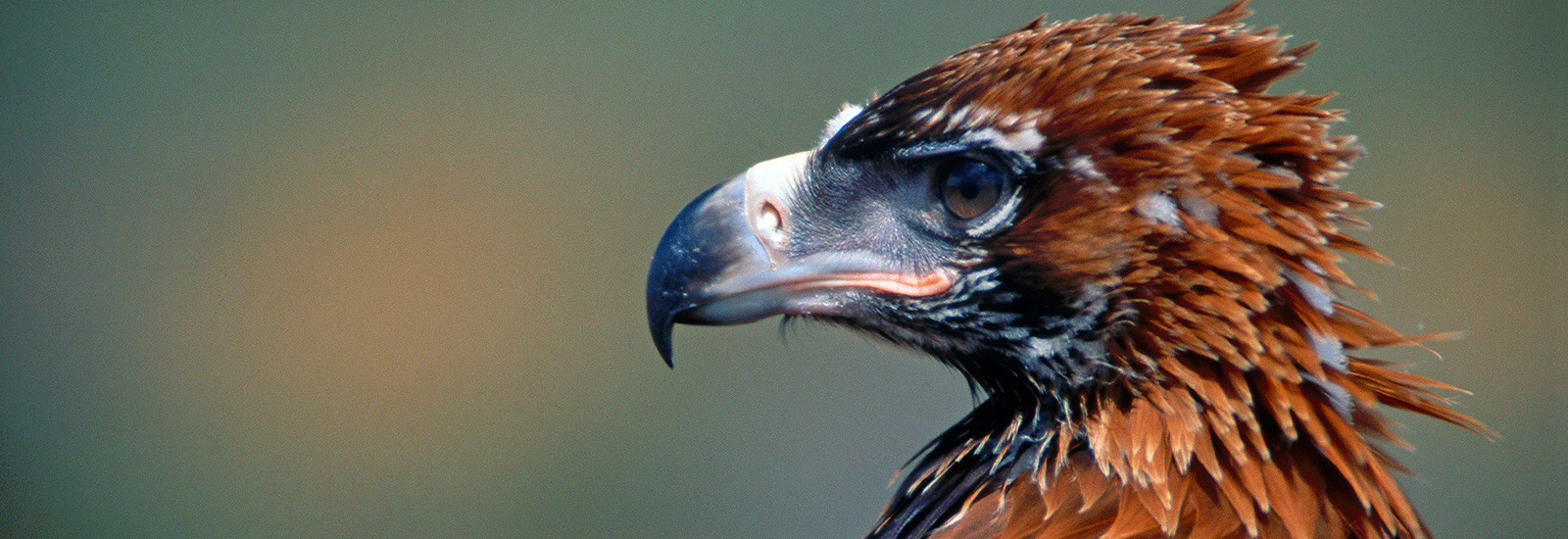
EUCLA NATIONAL PARK AND FLORA & FAUNA
The name NULLARBOR derives from “null” (Latin for no) and “arbor” (Latin for tree). It is not sure whether it is coincidence or not, but in some aboriginal dialects the word “nulla” means “none” or “not any”.
The treeless plain a relic of the ocean floor, sits on the largest block of limestone on the earth some 250,000km² in area. The shallow calcium rich loam a derivative of seashells does not support the growth of trees.
The vegetation consists of succulents, and includes Saltbush and blue bush, not cactus as is the case in many other arid areas throughout the world. It is this vegetation that differentiates the dry Nullarbor from other arid areas in Australia, in that it could support mammals that foraged these succulents and gleaned the moisture to enable them to survive in such a dry climate.
It is the home of the southern hairy nosed wombat, red kangaroos and dingoes. The rest of the arid interior of Australia tends to be the realm of the lizards and snakes. There is an extensive range of bird life with the Wedge Tail Eagle being the most famous.
One of the features of the Nullarbor Plain are the sheer limestone cliffs some 50-80 metres in height. The southern ocean waves continually pound the rock base undercutting the cliff.
The result is the slabs fall off into the sea uniformly along the coastline not only maintaining the cliff’s sheerness but the relative straightness of the coastline.
The Mirning people were one of the aboriginal occupiers of the Nullarbor Plain and according to their dreamtime stories “Jeedera” a water serpent pushed up the cliffs and lived in the caves. He was feared and consequently the caves were not as extensively used by the aboriginal people as one would have thought.
The other noteworthy feature of this landscape is the Great Australian Bight an area of global conservation significance. Several factors combine to contribute to the high level of biodiversity and endemism in the region. The Bight is a well-known calving region for the endangered southern right whale; it contains the only colonies of endemic Pinnipeds, the Australian sea-lion. Taxonomic groups with particular exceptional diversity include unique types of seaweed, sea squirts, lace corals, shellfish, sea urchins and sea stars to name a few.
The Nullarbor Plain that sits above the Great Australian Bight has also contributed to the uniqueness of this area. As a result of the limestone geology and generally low rainfall, no rivers or streams flow into the Bight. The lack of sediment input means that the relic calcareous sands are preserved on the sea floor.
